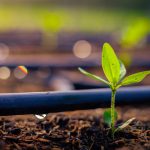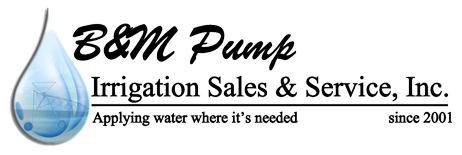Drip Irrigation: Using Rain Water To Irrigate

Benefits of Using Rainwater for Drip Irrigation
1. Conservation of Water Resources
By using collected rainwater for your drip irrigation system, you can significantly reduce your reliance on municipal water supplies. Rainwater harvesting allows you to make use of a free and abundant resource, saving both money and the environment. With climate change leading to more unpredictable rainfall patterns, storing rainwater for later use ensures a steady supply of water for irrigating your plants during dry spells.
2. Enhanced Plant Health
Rainwater is generally better for plants than tap water because it lacks the additives and chemicals often found in municipal water supplies. Many plants prefer the slightly acidic pH of rainwater, which can help improve soil quality and nutrient availability. By irrigating with rainwater, you contribute to the overall health and vitality of your garden or landscape.
3. Cost Savings
Using rainwater for drip irrigation can help you save on water bills in the long run. Municipal water can be expensive, especially during periods of high demand or drought conditions when water restrictions and increased rates may apply. By relying on rainwater, you can reduce your water consumption and potentially avoid these additional expenses.
Setting Up a Rainwater Drip Irrigation System
1. Collecting Rainwater
The first step in utilizing rainwater for drip irrigation is to collect it. This can be done through rain barrels or larger collection systems, such as a cistern or underground tank. Choose a collection method that suits your needs, budget, and available space. Ensure that your collection system is properly positioned to capture as much rainwater as possible, such as placing rain barrels under downspouts or using gutter extensions to direct rainwater to a larger collection point.
2. Filtering and Storing Rainwater
After collecting rainwater, it is crucial to filter and store it properly to ensure its quality. Use a mesh or debris screen to filter out any leaves, twigs, or other debris that may have accumulated in the collection system. Install a first-flush diverter to separate the initial portion of rainwater, which may contain more contaminants. Store the filtered rainwater in a covered container to prevent the growth of algae or the breeding of mosquitoes.
3. Connecting the Drip Irrigation System
Once you have properly filtered and stored your rainwater, you can connect it to your drip irrigation system. If you already have a drip irrigation system in place, simply connect the rainwater source to the existing supply line. Ensure that the system is properly pressurized and that water is flowing evenly through the drip emitters. If you don’t have a drip irrigation system yet, now is the perfect time to install one. There are various kits and components available in the market that can help you set up a customized system for your specific needs.
4. Monitoring and Maintenance
Regularly monitor your rainwater levels to ensure that you have an adequate supply for your irrigation needs. Use a rain gauge or monitor the water level in your storage container to determine when to refill. It is also essential to perform routine maintenance on your rainwater collection and drip irrigation system. Inspect for leaks, clean filters as needed, and adjust emitters for optimal water distribution. Ensuring the proper functioning of your system will help you maximize efficiency and conserve water effectively.
Summary
Utilizing rainwater for drip irrigation offers numerous benefits, including water conservation, enhanced plant health, and cost savings. By collecting, filtering, and storing rainwater, you can harness this natural resource for your irrigation needs. Connecting the rainwater source to a drip irrigation system allows for targeted and efficient watering, ensuring that plants receive the necessary moisture directly at their roots. Consider setting up a rainwater drip irrigation system to take advantage of this sustainable and eco-friendly approach to watering your garden or landscape.
Need an Irrigation System Company in Seminole, TX?
Welcome to B&M Pump Irrigation Sales & Service, Inc.! We are your professional irrigation specialist! Our typical services include complete pump service, water well service, system design, and pivot systems. Here at B&M Pump Irrigation Sales & Service, Inc., we deliver personal service and reliability to our customers in Texas, Oklahoma, New Mexico, and Arizona. No matter where you are in the southwest, B&M Pump Irrigation Sales & Service, Inc., is a name you can trust. We strive to educate owners and operators on making pumps and motors last longer and work more efficiently. We sell good quality products at a fair price and stand behind the products we sell. Give us a call today to speak with one of our service experts today!
Categorised in: Drip Irrigation
